Okay, here it is. I have been researching hydroponics for a few years now and pretty intensely for the past 18 months; the wife thinks I have gone insane. I researched, designed and build my very first hydroponic system based on the compilation of information I could find online and in books. I have built a 2 channel NFT system.
So here is the rundown; I used 4”x4”-5’ Vinyl fence posts + caps for the channels. I have them supported on a sturdy folding table about 3’ off of the ground. The design is simple enough. I have a fountain pump supplying nutrient solution out of a 20 gallon Rubbermaid container. The supply line provides a nutrient solution to the upper channel which flows through the first channel before “looping down and around” to the second channel. Solution flows through second channel and “free falls” back into the reservoir. I made the adjustment to the “Free fall” after water levels looked too deep while the initial drain valve was on the terminal end. With the valve removed it looks much more like a film. (The top channel still sits a dit deep (1 cm or more)


I will try to explain as much as I can
…
60 Gallon Air pump supplies air to the reservoir (via 6” stone) and air to the topside of the two channels (Via small cylindrical air stones). Aeration is augmented by “Vent Holes” in the supply hose from fountain pump (Under the lid of course, the pumps pressure recirculates excess water out of the supply tube which falls right back into the solution) and by the free falling recovery system, I have also read that the free fall method helps vent “exhaust” gasses from within the channels while introducing new oxygen to the solution when it reenters the reservoir.
I have a ¼” drop over the first 5 foot channel, then a 3” step down to the second channel, also on a ¼” slope. I have adjusted my flow to right at 2 liters per minute or just a hair below; Nutrient solution appears to be flowing right around a few millimeters. I have read the slower flow and minimal slope should help increase oxygen and nutrient uptake by the roots.
Lighting is provided by a 2 bulb T8 fixture with Sylvania 32W Octron 6500K bulbs suspended above the system. There is also moderate daylight that comes through the adjacent window. I have made reflective coverings to surround the back, sides and top of the system to retain as much of the (what I understand to be) minimal light as possible. Temperature and humidity are in line with local weather (Northern Virginia) as I have kept the AC off and windows wide open in this room since I started.
So, I started the system with 10 gallons of tap water and ran it for a couple days to check for leaks, check functionality and adjust Ph. Confident that I was mechanically within “industry standards” I added ½ strength nutrients; Dutch Master Grow A & B & Add27 (I came out to 1200 PPM including the taps base of about 350 ppm). I was ready to plant! I started with Rosemary, Thyme and Chive starters. Using a bucket I carefully washed the dirt off the roots of the starter herbs. I placed the root system into my 3” net pots and supported the stems with Expanded Clay Aggregate. A few days later I transplanted a yellow squash that I started from seed and a ‘Patio’ (determinate) variety tomato plant that came as a starter.
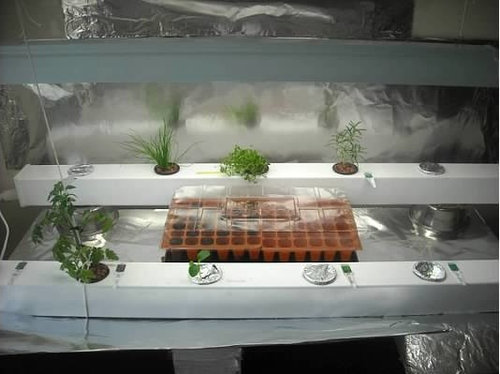
That was 3 weeks ago. The system seems to run well and I am pleased with overall mechanical performance but feel like I am really missing out on the plant growth. I have increased the Nutrient solution to 1800 PPM and have not yet changed out the solution. I successfully kept the Ph at 5.8 ��" 6.0 and the PPM count stayed dead on at the original 1200 until I increased the nutrient concentration to 1800 PPM this past weekend. Everything seems as healthy as it can be, there is no wilting, discoloration, drooping etc, but there is no real measurable growth, either. The roots seem to be growing and developing a little length in the nutrient film and a “lung-looking” root system where suspended above the nutrient flow in the chamber. The chives, basil and Thyme stay virtually the same. The tomato shows minimal signs of growth, maybe only a couple of inches in the 2 and a half weeks since transplanting out of the starter pot. Squash continues to grow but nowhere close to as quick as a control subject I transplanted into a compost mix on the same day its Hydro-bound cousin hit the NFT. The Hydro version is less that ¼ of the size as its compost-loving counter-part, but developing. The test squash in compost sits in a sunny window sill.
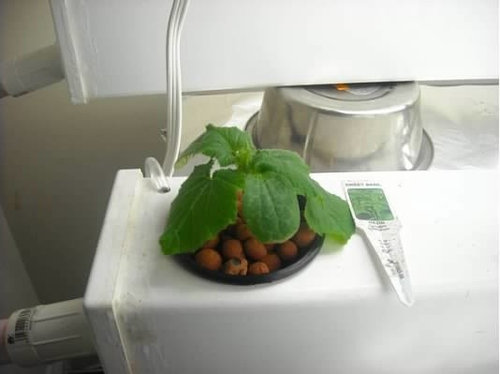
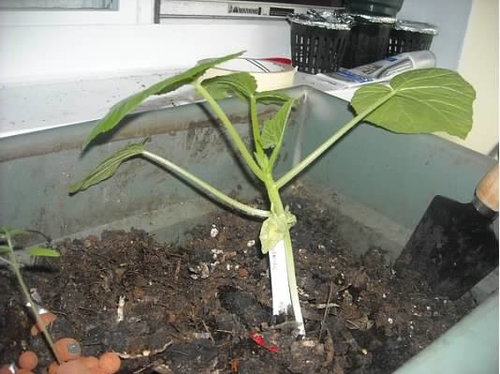
So now that I have shared a basic picture of the setup I open myself up to critique, criticism and advice. I have many questions and look forward to becoming an active member of your forum.
Initially I would ask…
What’s the deal with transplanting into net pots? I could all but not get the fragile roots through the net pots openings and had to resort to cutting holes large enough to pass them through. I fear that this has bound some of the roots together as the Rosemary and Thyme roots look like soggy ponytails.
Is it acceptable to use only clay aggregate as the substrate or should I be using them in conjunction with something like Coca husk, perlite or Rockwool? (When transplanting from soil starter pot to net pot)
Lighting, is it possible to grow the fruiting vegetables under this light setup? What about the herbs, even if the T8 setup is not sufficient for the Tomato and Squash, shouldn’t the herbs be doing just fine? On that note, is it a disadvantage to be growing different crops at the same time versus growing all of the same type?
Nutrients. Is this “Dutch Master” brand nutrients and additives adequate for these types of crops? I get the feeling that these may be blended for more “controversial” crops and may not be suitable for my hopes of fresh herbs, lettuce and veggies.
Thanks guys and gals!

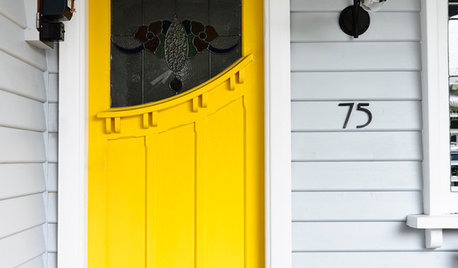
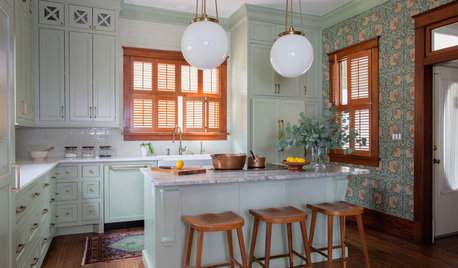
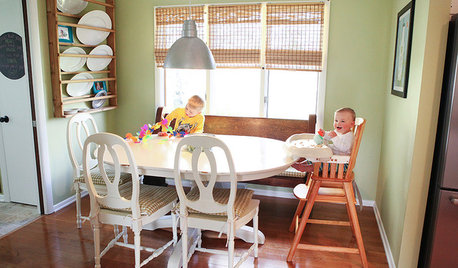
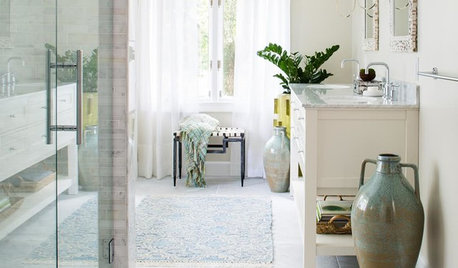


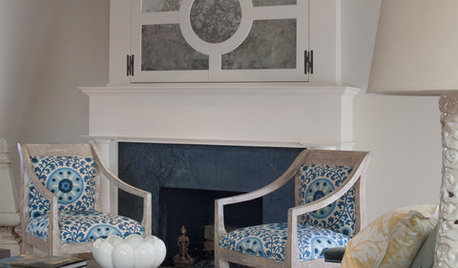
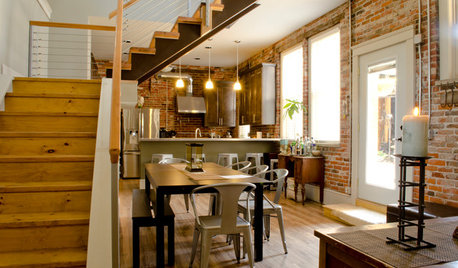
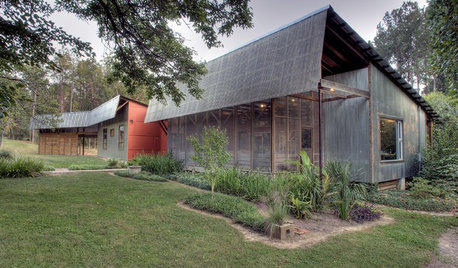












TheMasterGardener1
TheMasterGardener1
ethnobotany
TheMasterGardener1
joe.jr317
TheMasterGardener1
JVATOriginal Author
homehydro
JVATOriginal Author
joe.jr317
JVATOriginal Author
joe.jr317